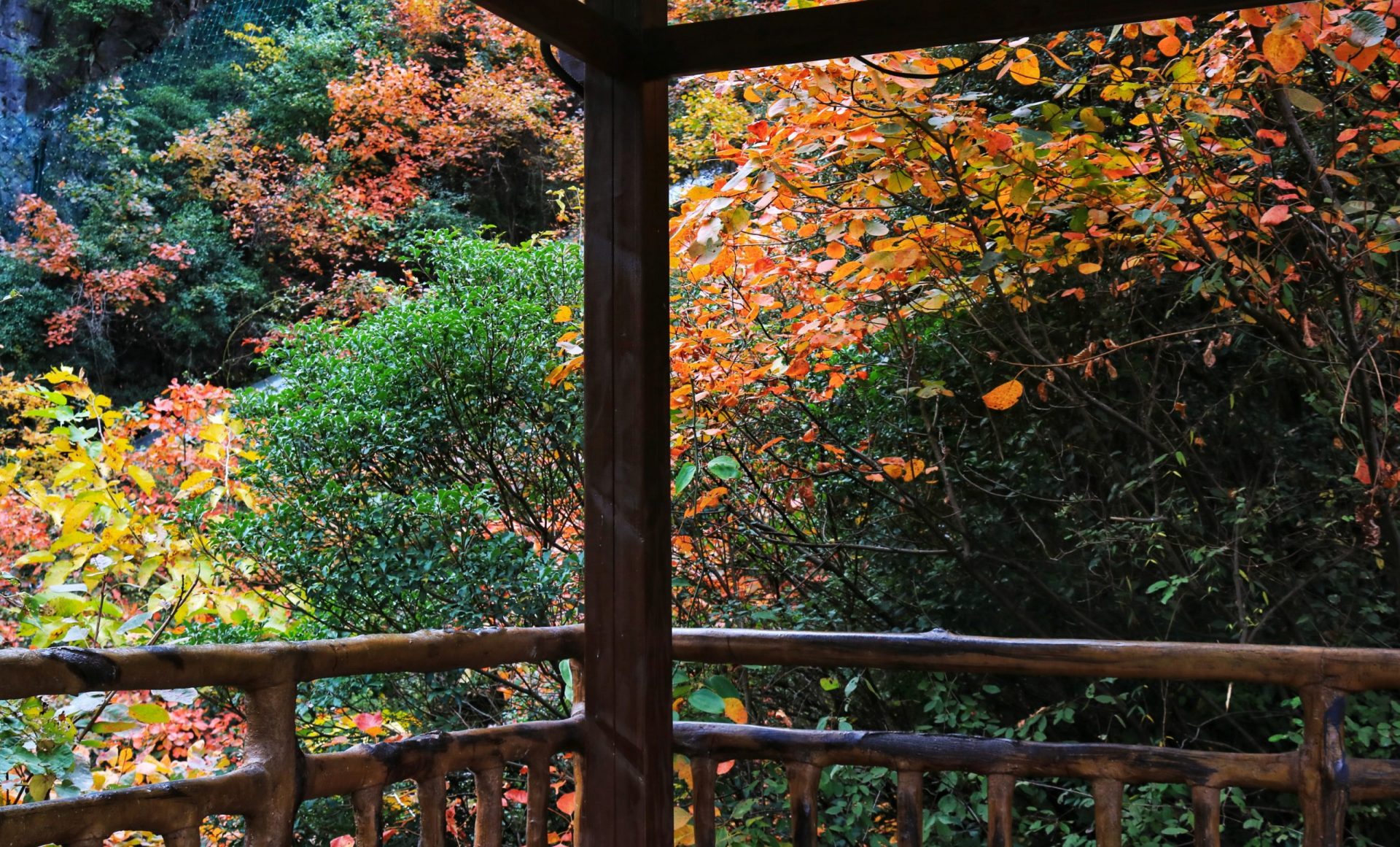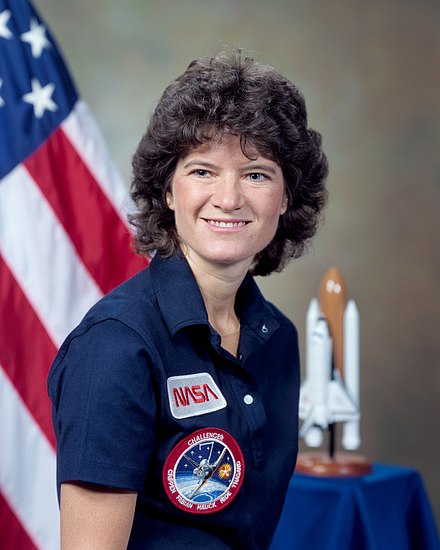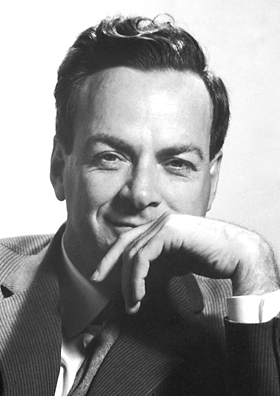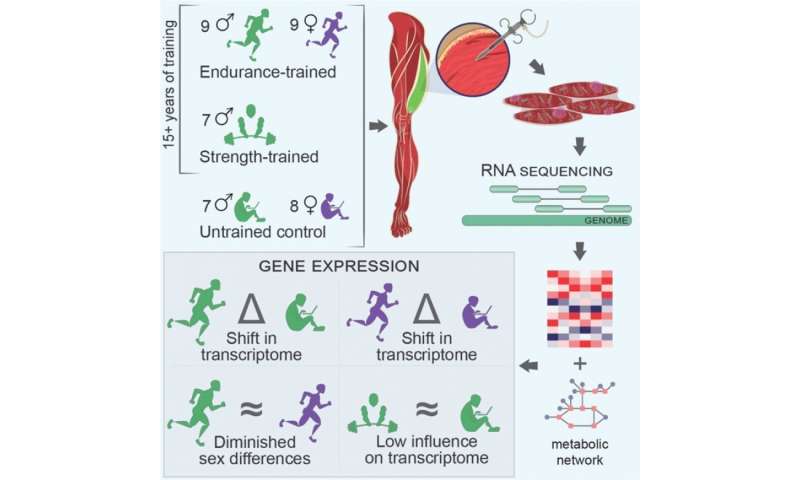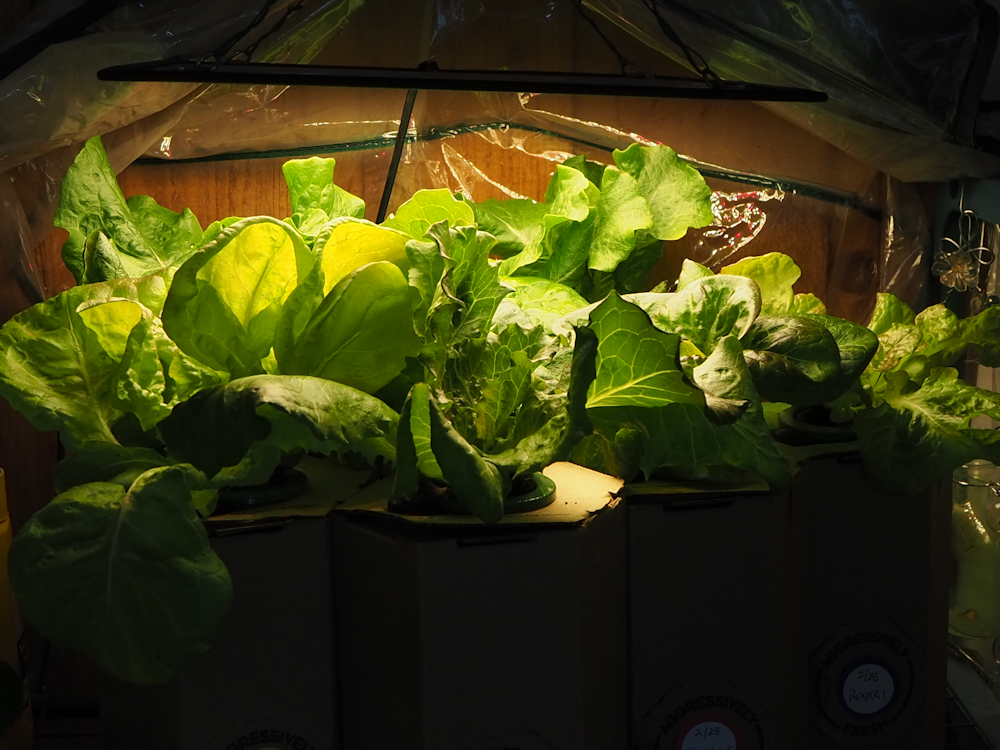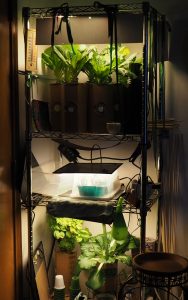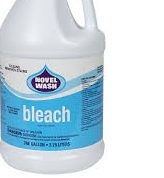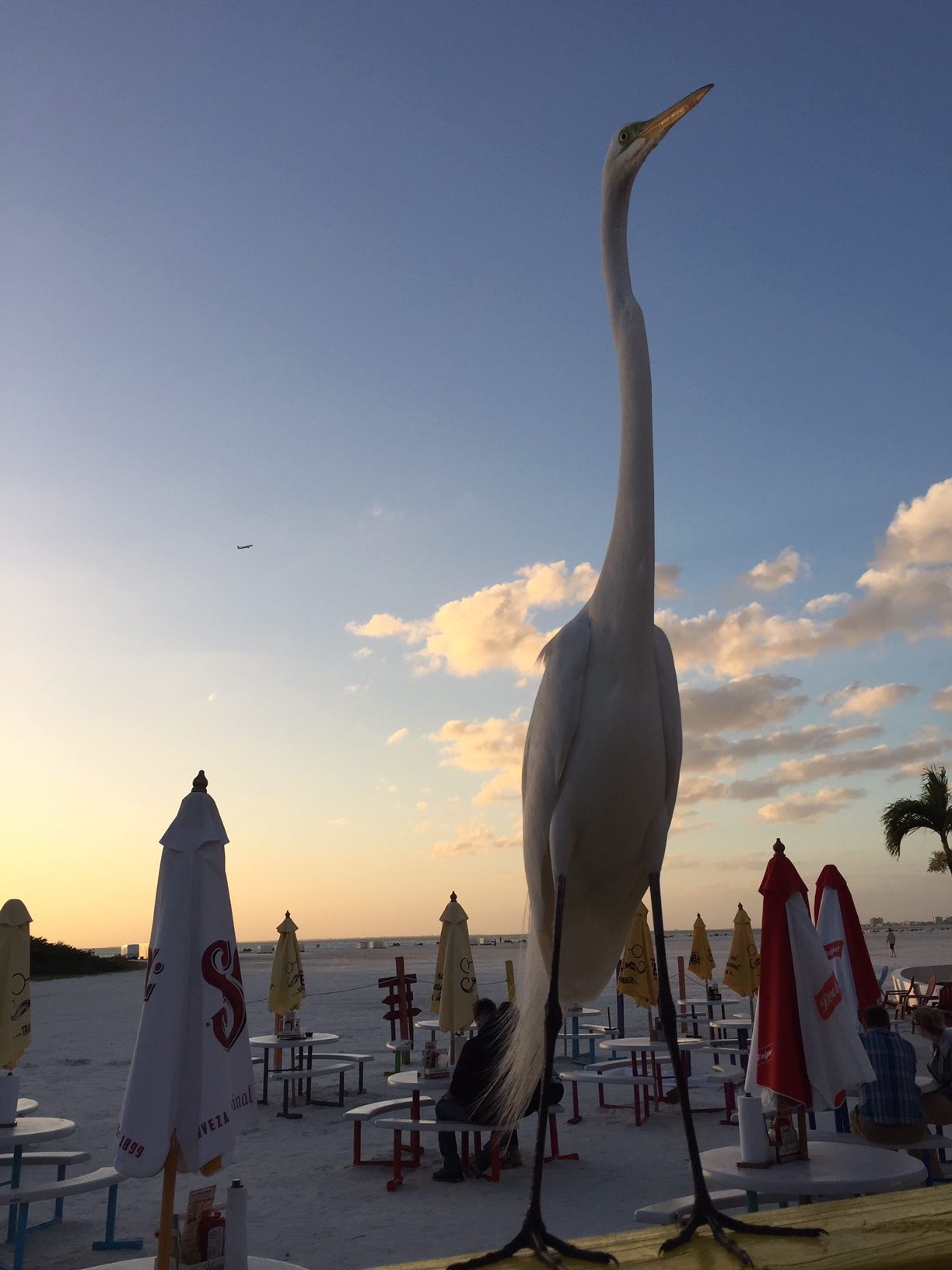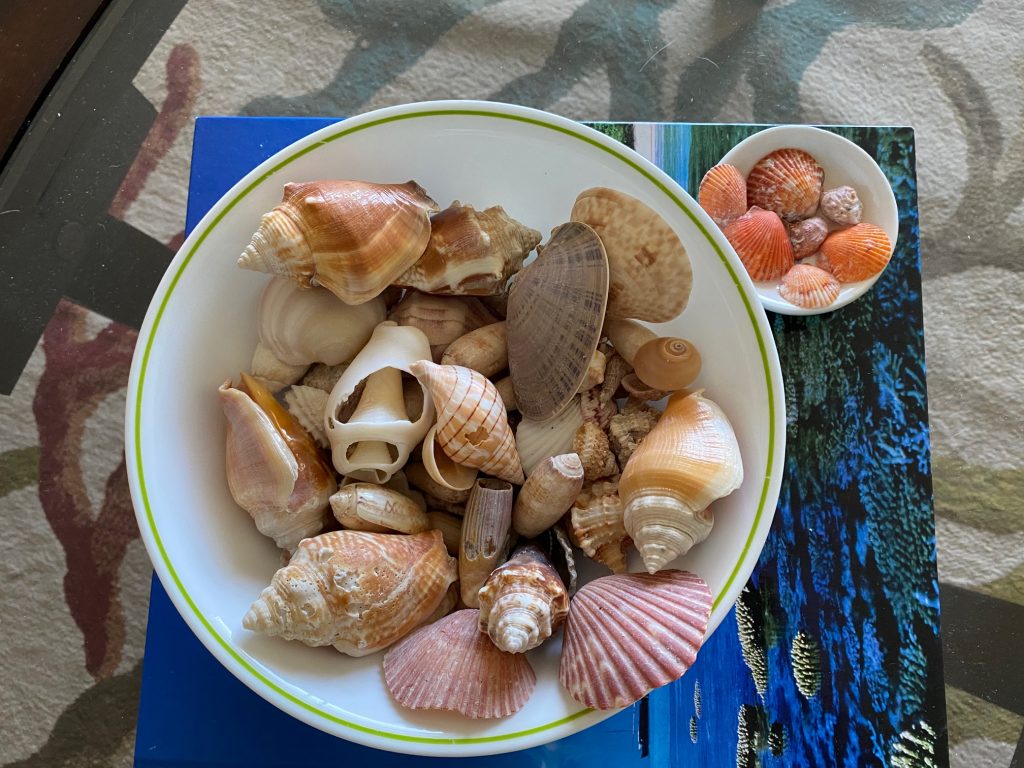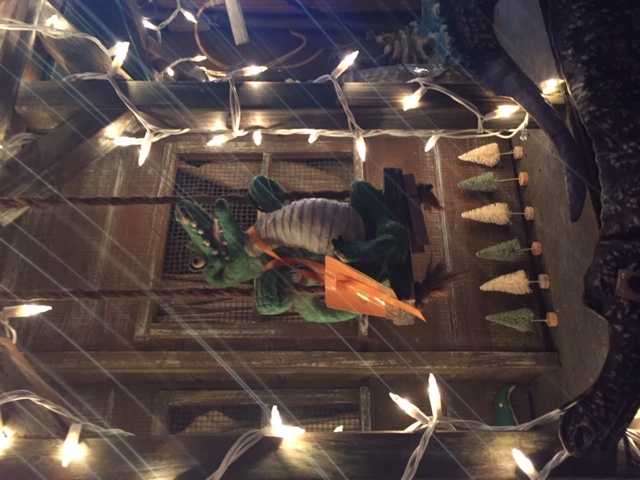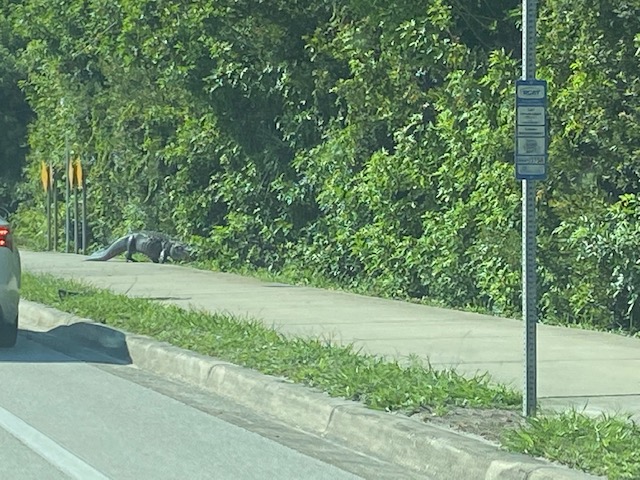Today I have no time but I’m having a long yarn with a friend anyhow. It’s such a bad year and friends matter. This friend sent me an unbirthday present, including a book edited by one friend and with a story by the friend who sent the parcel. Despite the fact that I’m avoiding giving their names to the world (they deserve privacy) the cockles of my heart warmed and I realised we’re all a bit more alone than we intend to be this year.
Oddly, I’m less alone than usual and fitting everything into the week is rather difficult. Part of this is because July is the month no-one goes out in Canberra, which means that single people with chronic illness and a bit of disability can be very isolated indeed. COVID isolation wasn’t as bad as a high pain week for me, for there were friends on Zoom. This doesn’t make my iso full of all the good things – it’s relative. It means that I don’t have to wait two weeks to hear from anyone other than my mother. It means I’m learning how to chat the way other people do, rather than to blurt out everything I’m thinking.
The torrent of words is because I spend so much time alone. What if I don’t see anyone for another two weeks? How will anyone know what’s going on in my life.
This is daft, because I’m active online every single day. My brain doesn’t see that as warm companionship unless someone sends me a parcel. My brain needs educating, obviously. Or more friends need to send me parcels. Maybe both.
I’ve been playing with the thought of what triggers torrents of words in different people and what pushes us into silence. I put it into the novel I just finished (of course I did) and I’m looking today at how culture can silence people. I’ll explore torrents and silence in the same person for a while, because I can and because I am one of those people who moves from extreme to extreme, and I want to know why other people do that when their lives are different to mine.
My days this week are full of administration, writing short pieces (like this and for Patreon) and writing at least 10,000 words of my non-fiction. At 5 pm every night I mysteriously become a Medievalist and attend the big international conference in Leeds. Housework fits in there somewhere and so does cooking and so do a bunch of other things and I’m wondering, “How do other people handle July?”
If you’re in that distant Northern Hemisphere it’s January. I don’t know if January is your bleak and impossible month, though. I know July is the worst month for people in my region. It used to be Canberra, but now it’s the whole region. Getting through July is a feat of my emotional strength. Some years I try to sleep through it.
This year I’m so busy that nearly a week has gone and I didn’t have time to feel threatened by the month.
‘Pfft,’ said my brain’, ‘who needs to fear July when the world is what it is?’
Brain, I love you a great deal, but wouldn’t it be nice to have a good July, for all of us?
Stay safe and well everyone. It’ll annoy my brain if you do, and this is a good thing and devoutly to be wished.
